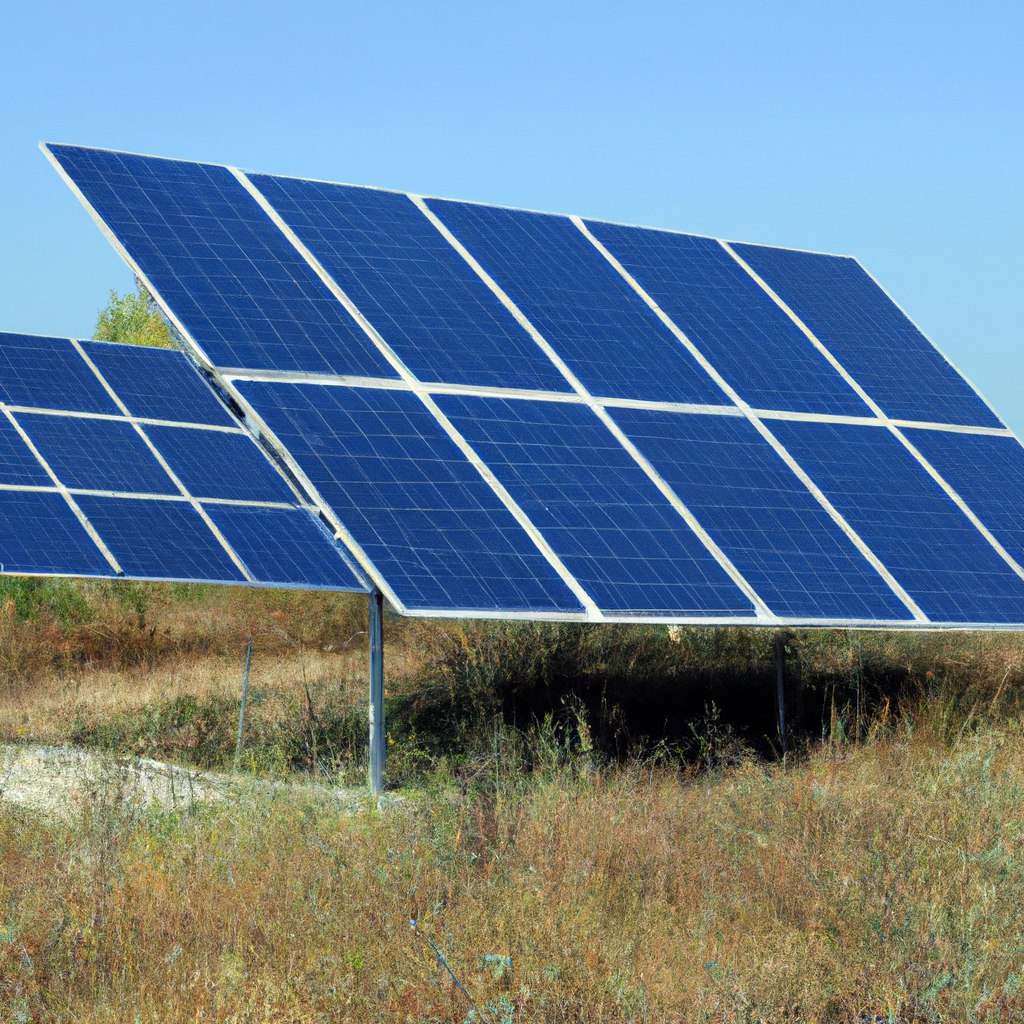Solar panels adorn rooftops, wind turbines grace horizons, and hydropower plants harness the energy of flowing rivers. These sources are variable, dependent on weather conditions and geographical factors. This variability necessitates innovative solutions to ensure a stable supply of energy.
Our reliance on fossil fuels, though once a symbol of progress, now poses an existential threat. Climate change, driven by greenhouse gas emissions, demands a radical departure from this age-old energy paradigm. The Energy Transition signifies a departure from environmentally harmful practices, promising cleaner, greener alternatives. It’s a commitment to reducing carbon emissions, preserving ecosystems, and ensuring energy security for generations to come.
Renewables harness the Earth’s natural processes without depleting finite resources. Solar panels capture the sun’s energy, wind turbines spin with the wind, and hydropower channels the force of flowing rivers. These sources provide a renewable, everlasting wellspring of energy, a stark contrast to the finite nature of fossil fuels.
Transitioning to renewable energy isn’t a seamless process. The sun doesn’t always shine, and the wind doesn’t always blow. Balancing supply and demand, especially during fluctuations, requires innovative solutions. This is where technology, particularly artificial intelligence (AI) and big data, become indispensable.
By embracing renewable sources and empowering them with the intelligence of AI and Big Data, we forge ahead. It’s a collaborative deal where nations, industries, and individuals unite with a shared purpose: safeguarding our planet and ensuring a sustainable energy future.
Harnessing the Power of AI
AI algorithms have the ability to analyze vast amounts of data in real time. In the context of renewable energy, AI systems can predict weather patterns, optimize energy production, and enhance the overall efficiency of power plants. AI-driven predictive maintenance can anticipate equipment failures, reducing downtime and maintenance costs. AI algorithms can forecast energy demand, enabling grid operators to balance supply and demand effectively.
Through real-time analysis, AI algorithms fine-tune the operation of solar panels, wind turbines, and hydropower plants. They adjust angles, speeds, and flow rates with precision, ensuring maximum energy output. This optimization not only enhances energy yield but also extends the lifespan of equipment, making renewable energy solutions not just efficient, but sustainable in the long run.
By analyzing data patterns, it can foresee potential issues in equipment. This predictive maintenance approach allows for timely interventions, reducing downtime and maintenance costs.
The Big Data Advantage
Big Data, characterized by its volume, velocity, and variety, complements AI by providing the raw material for analysis. It sifts through terabytes of information, revealing intricate patterns and correlations that might elude the human eye. Big Data transforms raw information into actionable intelligence.
Sensors, smart meters, and IoT devices continuously feed data into the system. Big Data analytics process this influx, offering real-time insights into energy usage trends. This immediacy allows energy providers to adapt swiftly, redistributing resources to meet the demands of a dynamic society.
 Enhancing Grid Management
Enhancing Grid Management
One of the significant challenges in renewable energy integration is grid management. Grid management is akin to a high-stakes balancing act. It involves harmonizing the electricity supply with fluctuating demand, ensuring that every home and business receives a stable power supply. In the past, this process relied heavily on human intervention and often resulted in inefficiencies.
By analyzing vast amounts of data, including historical consumption trends and even weather forecasts, AI anticipates when and where energy will be needed the most. This foresight enables grid operators to optimize energy distribution, preventing overloads during peak hours and ensuring a steady supply during periods of heightened demand.
Big Data provides real-time data on energy consumption across various sectors. Big Data analytics dissect this information, offering insights into usage patterns. These insights, when fed into the grid management system, enable proactive decision-making. Grid operators can detect anomalies, address potential issues before they escalate, and even reroute energy flow to prevent blackouts. Big Data transforms raw numbers into actionable intelligence.
The amalgamation of AI and Big Data has given birth to smart grids—intelligent, adaptive networks that respond to changes in real time. These grids not only distribute energy efficiently but also communicate with connected devices, allowing consumers to monitor and adjust their energy usage. During peak hours, a smart grid can communicate with smart appliances, temporarily reducing their energy consumption. This two-way communication ensures that energy is used judiciously, benefiting both consumers and the environment.
Facilitating Energy Storage
Energy storage is a critical aspect of renewable energy systems. AI algorithms optimize energy storage solutions by predicting when to store excess energy and when to release it. This predictive capability ensures efficient use of energy storage devices like batteries, enhancing their lifespan and reducing overall costs. Big Data analytics further contribute by assessing the performance of storage systems over time, enabling continuous improvements.
Batteries, once limited in capacity and efficiency, have undergone a revolution. Advanced lithium-ion batteries boast high energy density, rapid charging capabilities, and extended lifespans. These batteries form the backbone of energy storage systems, ensuring a reliable and steady supply of power.
Energy storage is infused through smart algorithms powered by Artificial Intelligence (AI) and Big Data analytics. AI predicts energy usage patterns, allowing energy storage systems to anticipate demand accurately. Big Data provides historical insights, enabling continuous refinement of storage strategies. The synergy between AI, Big Data, and energy storage ensures that stored energy is used judiciously, minimizing wastage and maximizing efficiency.
When renewable sources produce surplus energy, instead of going to waste, it can be stored for later use. During peak hours, stored energy supplements the grid, ensuring a seamless supply to homes and businesses. This stability not only benefits consumers but also enhances the overall resilience of the energy infrastructure.
AI and Big Data have also revolutionized renewable energy research and development. Scientists employ machine learning algorithms to discover new materials for solar cells or improve the efficiency of wind turbines. Big Data analytics provide researchers with access to vast datasets, accelerating the pace of innovation. These technologies are driving the development of next-generation renewable energy solutions, making them more affordable and accessible.

